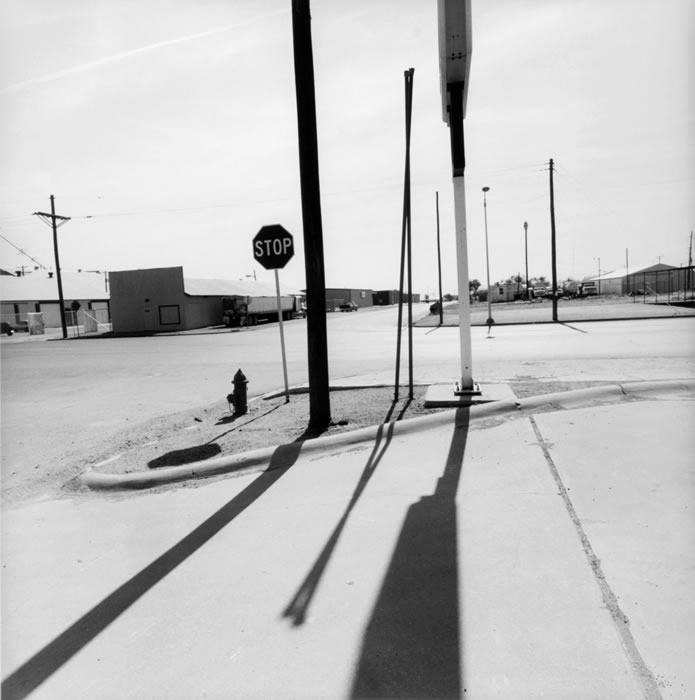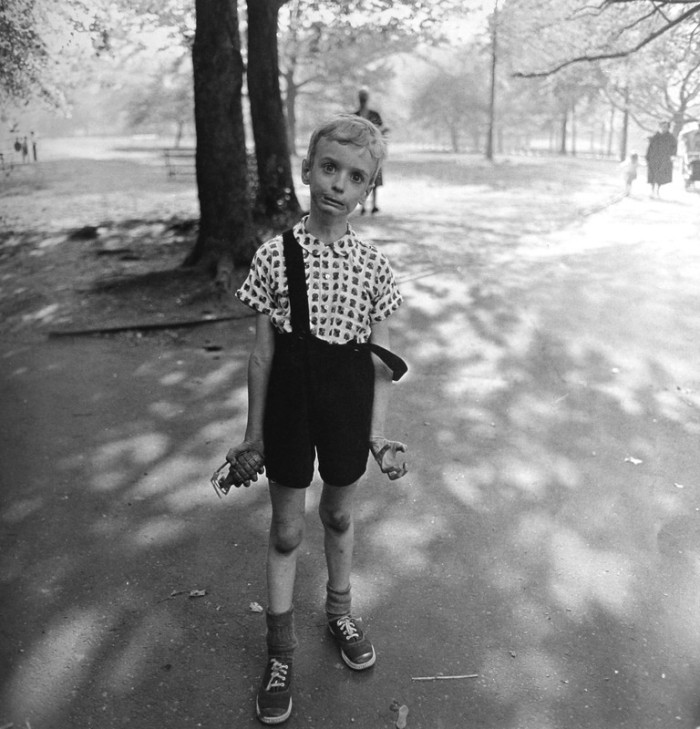Choose 2 photographs, by different photographers, on which to focus a 500+ word essay. Try to vary your examples by time period and subject matter. Could the photographs be considered documentary? How and why? How and why not? Draw in your week’s reading assignments. To what points in these readings do your chosen examples relate and/or contradict? Remember to make solid arguments, support your arguments adequately, and point to visual details in the photographs. Post your essay in the Discussion Board, and as always, respond to others’ essays.

Hine, Lewis. Underprivileged Child at Hull-House. 1910.
I chose two very dissimilar photos for this essay, with one criterion: they had to move me on some deep level. Both of these photos succeeded (as did many others among the choices- I've discovered several new photographers to explore further)...
Exhibit 1 is an incredibly powerful photo by Lewis Hine. I think it comes about as close to the purity and essence of "documentary" as any photo I've encountered. Hine was a sociologist too- he was on a mission to help the poor by documenting their condition. Whereas our text cites examples where there were instances of fraud (hiring child models and staging a photo for more impact) this young male subject rings true for me. You can't fake that kind of expression- this is a child that looks about 50 years old in the face. The hardships this little boy has endured are etched into his demeanor. Martha Rosler writes, in The Photography Reader: "In contrast to the pure sensationalism of... journalistic attention to working class... life... Hine and others... argued... for the rectification of wrongs" (262). In other words, this photographer was hoping to generate compassion and governmental help for the children he chose to portray. He had sociological and political motives, yes- but they weren't compelled by middle-class voyeuristic tendencies. (Some of these "documentary" photographers were just feeding a journalistic appetite in order to sell more newspapers). It all comes down to authenticity. From Photography: A Critical Introduction: "The simplest and most obvious test is to ask whether what is in front of the lens... has been tampered with, set up, or altered..." (71). My gut feeling is that Hine's photo is about as honest as it gets.

Friedlander, Lee. 1499-3: New Mexico. 2001.
With Lee Friedlander we enter an entirely new realm of documentary photography. It is decidedly more "artistic" and subjective; more abstract and detached from the human condition. Shadows and/or reflections are a major motif of his work. It is surrealism, and that's one of my favorite art movements. His commentary is more subtle; requiring more work for the observer, and leaving more open to individual interpretation.
I find it especially fascinating that in many of his photos, Friedlander includes his own shadow or reflection. This consciously signifies voyeurism, and a bit of ego... he's saying "I was here, and I saw this, then chose to capture it- and there's my shadow in the foreground to prove it. (I love the concept- quite unique in my limited experience). His approach is refreshing. There was a great quote on his website: “You don’t have to go looking for pictures. The material is generous. You go out and the pictures are staring at you”.
What I find most striking about the image is that there are no natural/organic elements present whatsoever, (except for the sky, and one jet contrail polluting it- there was a human pilot up there somewhere earlier). It is all man-made: asphalt, concrete, telephone poles, buildings... and yet there is no life (not even a bird) in the photo. The makers of this urban landscape are missing. I find the stop-sign an intriguing element too- is it merely a bit of serendipity, or is Friedlander saying we need to "stop" treating the planet in such a manner?
There are ninety years difference between the two photos I chose, as well as widely divergent motives and visions on the photographers' parts. But I submit that they are equally strong examples of documentary photography.
Professor Millett- Can you describe each photograph in more detail?
I find myself really wishing that there was a name for this expressive little boy. It reminds me of how Dorothea Lange never bothered to ask the name of her Migrant Mother subject. It was a struggle even to find Hine's caption for it on the Internet (Underprivileged Child at Hull-House). "Hull-House" was an institution In Chicago that offered support for newly-arrived immigrants from Europe... my first guess would have been that this was one of the Irish "potato-famine" children, but it turns out that most of the subjects Hine shot were Italian. I can sort of see that ethnicity in the little boy- the dark hair and olive skin. But his face is what makes this a stand-out documentary photo. It was, hands-down, the most powerful image I encountered in all the web searches for this unit. Simply haunting. What was the child thinking at this precise moment? My attempt at his thoughts: "Why are you pointing this strange machine at me? Am I in trouble? Can I trust you? My young life is hard enough already".
Friedlander's image, in one word, is stark... What is the time of day here? The shadows are fairly long- is it late afternoon or early morning? Whichever- why are there no cars on the roads? (We can see a truck and a few cars parked in the background). Again, as in my initial post- there is no life evident here. (I can barely make out what might be a few scrawny trees in the upper-right background, but there's no grass, no birds, no humans). I really think that was Friedlander's message here- we have created so many places like this all over America; "asphalt jungles" that were developed during some industrial boom. But the architects and landscapers gave no consideration to aesthetics whatsoever- and the result is just a great expanse of ugliness. What do we do with a place like this when the business moves elsewhere? Watch it crumble, I guess... maybe photograph it if we have an artistic bent.
One additional note- Friedlander made a habit of including his own shadows or reflections in his work. In this case, I think he realized that even his own shadow would have added some element of "life", so for the sake of theme chose not to do so.
@Michael Marino:
Thank you Michael- love your concept "the universe does not care... the sun still marches on". Our bodies do block the light for a while, as do the buildings we construct, but it's just like the blink of an eye for the sun. Soon enough our bodies and our architecture crumble. I guess the pyramids are about the oldest human structures still casting shadows.
@Mary Ann Kiser:
Diane Arbus is one of my favorite photographers (and as usual Mary Ann you give an excellent analysis). She has an eye for the beauty within the bizarre. I seem to remember an assignment from an earlier photography class involving this one:
Boy with Toy Hand Grenade. 1962

Her use of perspective, sharp angle, and (best of all) the light and shadow here is amazing to me.

 icons at the top right corner of the subsection.
icons at the top right corner of the subsection.